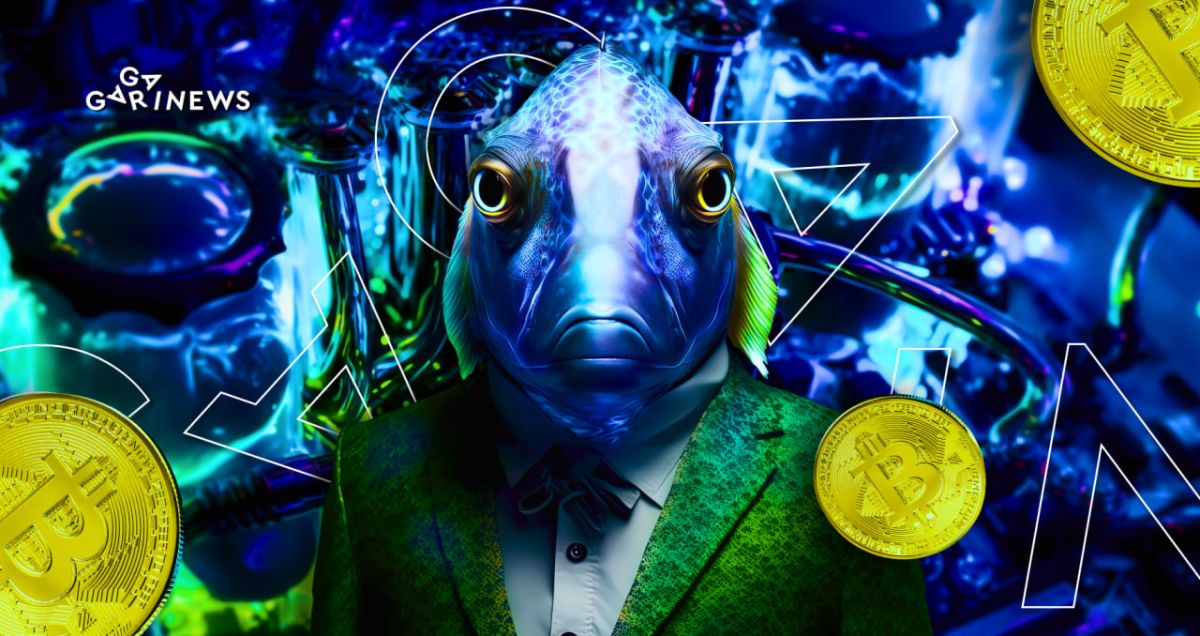BTC Holders: Whales, Sharks, Crabs, and Shrimps

Did you know that in the world of cryptocurrency, there is a complete hierarchy of holders beyond Bitcoin whales (those with at least 5,000 BTC)? Glassnode analysts provide insights into the various inhabitants of the digital ocean.
According to a recent study conducted by Glassnode, the movement of digital assets between wallet holders shows that Bitcoin ownership is less concentrated than commonly believed.
The analysts have presented their own hierarchy of holders by utilizing clustering algorithms that compare and group several addresses with compelling evidence of belonging to a single owner.
- Shrimps (holders with less than 1 BTC). As they accumulate their balance, they are sensitive to volatility, and they are quick to react to fluctuations in price by selling or buying the asset.
- Crabs (1-10 BTC). Small well-informed investors. Those who amass assets for longer than three years.
- Octopuses (10-50 BTC). These are experienced traders and financial investors who typically have a diversified portfolio of multiple financial assets. In addition to holdings on exchanges, they have hardware wallets as well.
- The Fish (50-100 BTC) and the Dolphins (100-500 BTC). Represented by wealthy individuals and companies who have earmarked substantial capital for cryptocurrency investments. They often divide their purchases into several installments.
- Sharks (500-1000 BTC) are typically early bitcoin adopters who bought coins at low prices 8-10 years ago. They are convinced holders.
- Whales (1000-5000 BTC). Institutional investors and crypto millionaires who try to avoid "whale watching" tools, so they split their asset balances into smaller sets.
- Exchanges.
- Miners. Having only 9.5% of the circulating supply of BTC, they distribute their mined BTC quickly.
Glassnode analysts have made some interesting findings after analyzing asset movements. It turns out that throughout 2022 (especially after the FTX crash), the market structure has significantly changed: it no longer corresponds to our familiar notions that exchanges, whales, and miners can manipulate prices.

Shrimps and crabs hold the majority of BTC. Source: Glassnode
Move over whales and dolphins, it's the shrimps and crabs that rule the crypto kingdom. Their collective wallets holding less than 10 BTC are worth over double the amount mined in 2022. That's some serious crustacean power!
Cryptocurrency reserves on exchanges are declining, especially after the FTX case. This is attributed to the increased demand for self-custody, as well as the expansion of institutional solutions for storing exchange-traded assets, such as the trust company GBTC.
Since March 2020, institutional interest in Bitcoin has skyrocketed. Companies holding between 50 and 500 BTC acquire a digital asset equivalent in volume to the amount mined in 2022.
Miners, who initially held every coin in circulation, have lost their dominance from 100% to 9.5% today. Yet the share is overestimated as it includes Patoshi coins amounting to 1,125,150 BTC, which are expected to be lost in the long run. If we exclude them from the calculation, miners collectively owned only 3.77% of Bitcoin's circulating supply in March 2023.

Miners and whales have lost ground in BTC ownership rankings.
The average number of BTC held by each category can be presented as follows:
- Shrimps - 0.039 (32 million addresses);
- Crabs - 2.73 (740,000 addresses);
- Octopuses - 21.75 (80,000 addresses);
- Fish - 74.17 (12,000 addresses);
- Dolphins - 214 (10,000 addresses);
- Sharks - 763.63 (2,200 addresses);
- Whales - 1,855.17 (1,450 wallets).
The cryptocurrency landscape has changed dramatically over the years, and now it's the small and medium investors who are making waves.
Recommended

